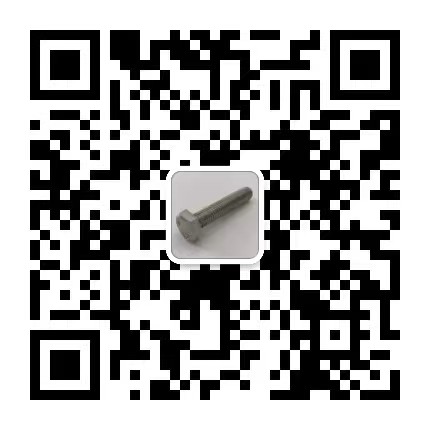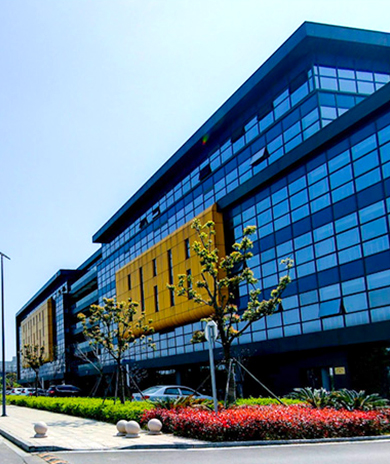VIDEO & CENTER

The reasons for the slippage of screws are rather complex. Even if the torque is fine, it may still be caused by the following factors:
The issue of machining accuracy of screws and screw holes
Poor thread quality: During the processing of screws or screw holes, if the shape, pitch and other precision of the thread are not sufficient, the fit between the screw and the screw hole will not be tight. Even if the applied torque is within the normal range, local uneven force distribution is still likely to occur, which can lead to stripped teeth.
Improper surface roughness: The surface roughness of the screw and the screw hole is not appropriate. If it is too rough, it will increase friction, and during the tightening process, it is easy to generate local high temperatures, making the material soft and eventually leading to stripped threads. However, if it is too smooth, the friction will be insufficient, the screw is prone to loosening, and long-term use may also cause stripped threads.

Material issue
Insufficient strength of the screw material: If the material strength of the screw is lower than the design requirement, it may undergo plastic deformation when subjected to normal torque, resulting in thread damage and stripped threads. For instance, the use of inferior steel or improper heat treatment of materials will both reduce the strength of screws.
The material of the connected parts is too soft: When the material of the connected parts is too soft, after the screw is tightened, it is easy to produce excessive indentations on the connected parts, causing the material around the screw hole to deform, affecting the fit of the thread and resulting in stripped threads.
Problems during installation and usage
Improper installation of screws: When installing screws, if they are not aligned with the screw hole but are screwed in at an Angle, it will cause uneven compression between the screw thread and the screw hole thread, resulting in excessive local force. Even if the torque is normal, it is very likely to cause stripped threads. Frequent disassembly and installation: During the repeated disassembly and installation of screws, the threads will suffer a certain degree of wear. As the number of disassemblies increases, wear will gradually accumulate, leading to an increase in the thread fit clearance and eventually resulting in stripped threads.
Vibration and shock: During the operation of the equipment, if there are vibration or shock loads, the screws will be subjected to additional alternating stress. Even if the torque meets the requirements, screws may still become stripped due to fatigue when exposed to such a working environment for a long time.
Environmental factors
High-temperature environment: In a high-temperature environment, the material properties of screws and connected parts will change, such as material expansion and reduced strength. This may cause a change in the fit clearance between the screw and the screw hole, thereby triggering stripped threads.
Corrosive environment: If a screw is in a corrosive environment, its surface will be corroded, the size and shape of the thread will change, reducing the fit accuracy between the screw and the thread hole, and it is prone to thread slippage.














